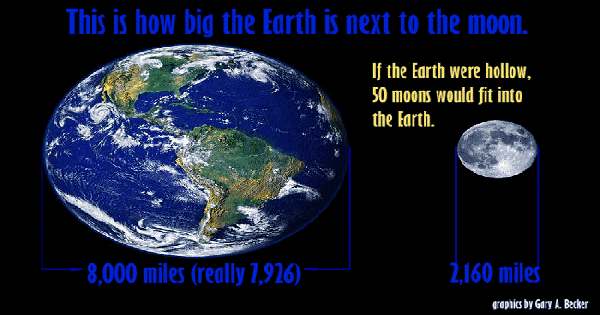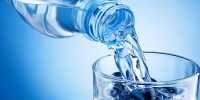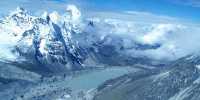The radiation to the moon is two or three times more than the radiation from the International Space Station and 200 times more than the Earth. As measured by the Chinese lunar module Changi 4 on the far side of our satellite, the radiation
levels on the moon are 200 times higher than on Earth’s surface and 2.6 times higher than ascending to the International Space Station.
The measurements were made using a device called LND, developed at the University of Kiel (Germany), which allows so-called equivalent dose calculations and is important for estimating the biological effects of radiation. These measurements show an equivalent dose rate of about 60 microsieverts per hour. In comparison, on long-haul flights from Frankfurt to New York, this radiation is about 5 to 10 times less, and 200 times less on land.
Although Apollo missions in the 1960s and 1970s proved that it was safe for humans to spend a few days on the moon's surface, NASA did not take daily radiation measurements that would help scientists determine exactly how long they could last. Your moons radiation is two to three times greater than that of
the ISS (International Space Station), Robert Weimer-Schweinruber, an astronomer at Kiel University, told AFP. So it limits your position above the surface of the moon to about two months, he added, adding that the exposure to radiation from a long journey about once a week and a week ago, it was taken
into account.















